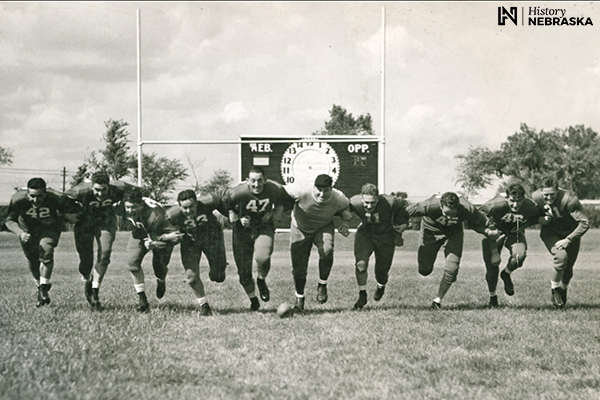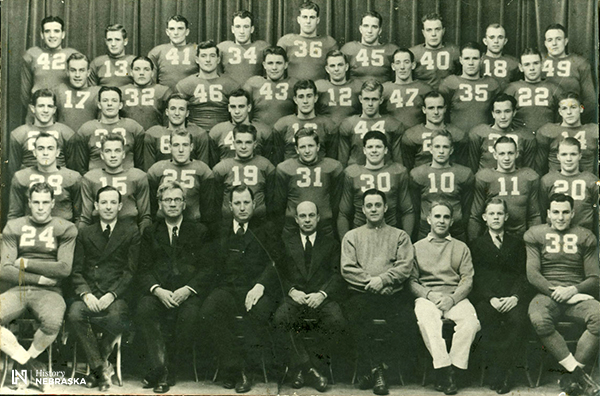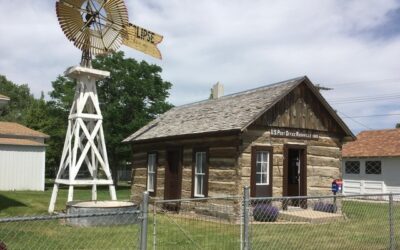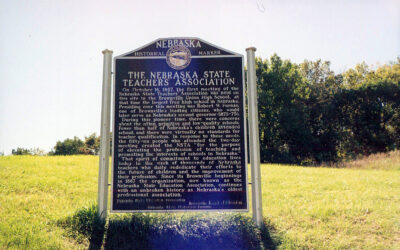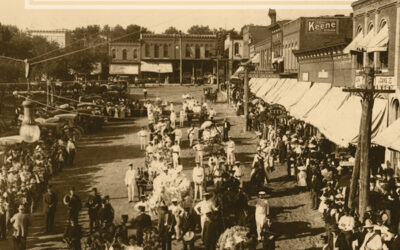By David L. Bristow, Editor
Why did the University of Nebraska broadcast only one Cornhusker football game a year? It was about money.
In September 1936 Nebraska was in the midst of a severe drought and President Franklin Roosevelt was touring the state talking with farmers. But Nebraskans had another pressing concern that shared the front page with the presidential visit.
Why did the University of Nebraska broadcast only one Cornhusker football game a year?
“Taxpayers feel they support these schools and have a right to hear the reports of the games,” said the Lincoln State Journal on September 4, 1936.
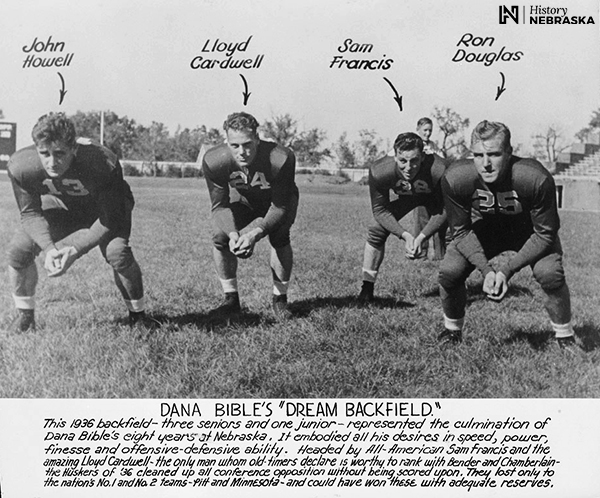
Great things were expected of Coach Dana Bible’s team in 1936. The Cornhuskers entered the season as reigning Big Six champions.
But the University of Nebraska wasn’t alone in being leery of radio. The Journal polled 74 universities and found that 38 permitted football broadcasts and 36 banned or limited them.
It was about money. Many universities carried debt for stadiums and other sports facilities, and feared that radio broadcasts would depress gate receipts—especially by fair-weather fans who checked the weather forecasts on game day before buying tickets. Nebraska had winning teams, but usually didn’t quite fill the 31,000-seat Memorial Stadium in those days. The university selected for broadcast one game a year that was likely to be a sellout. In 1936 it was Pittsburgh.
Nebraska head coach Dana X. Bible wanted to keep limiting broadcasts until all of Nebraska’s facilities were paid off. After that, he said, it would worthwhile to look into some kind of commercial deal. Nebraska played in the Big Six Conference (the future Big 8, and predecessor of today’s Big XII). Big Six schools were on their own to make deals. Iowa State, Kansas, Kansas State, and Missouri allowed broadcasts of all their home games; Oklahoma and Nebraska did not.
Two conferences had signed contracts with oil companies that sound like low-rent predecessors of today’s network deals. The Pacific Coast Conference received $100,000 for the rights to broadcast its conference games, to be divided equally among its ten schools. The Southwest Conference split $14,000 per season among seven teams.
Nebraskans who owned radios tuned in on November 14 to hear the Cornhuskers lose to Pittsburgh 19-6, their second and final loss of a conference championship season.

